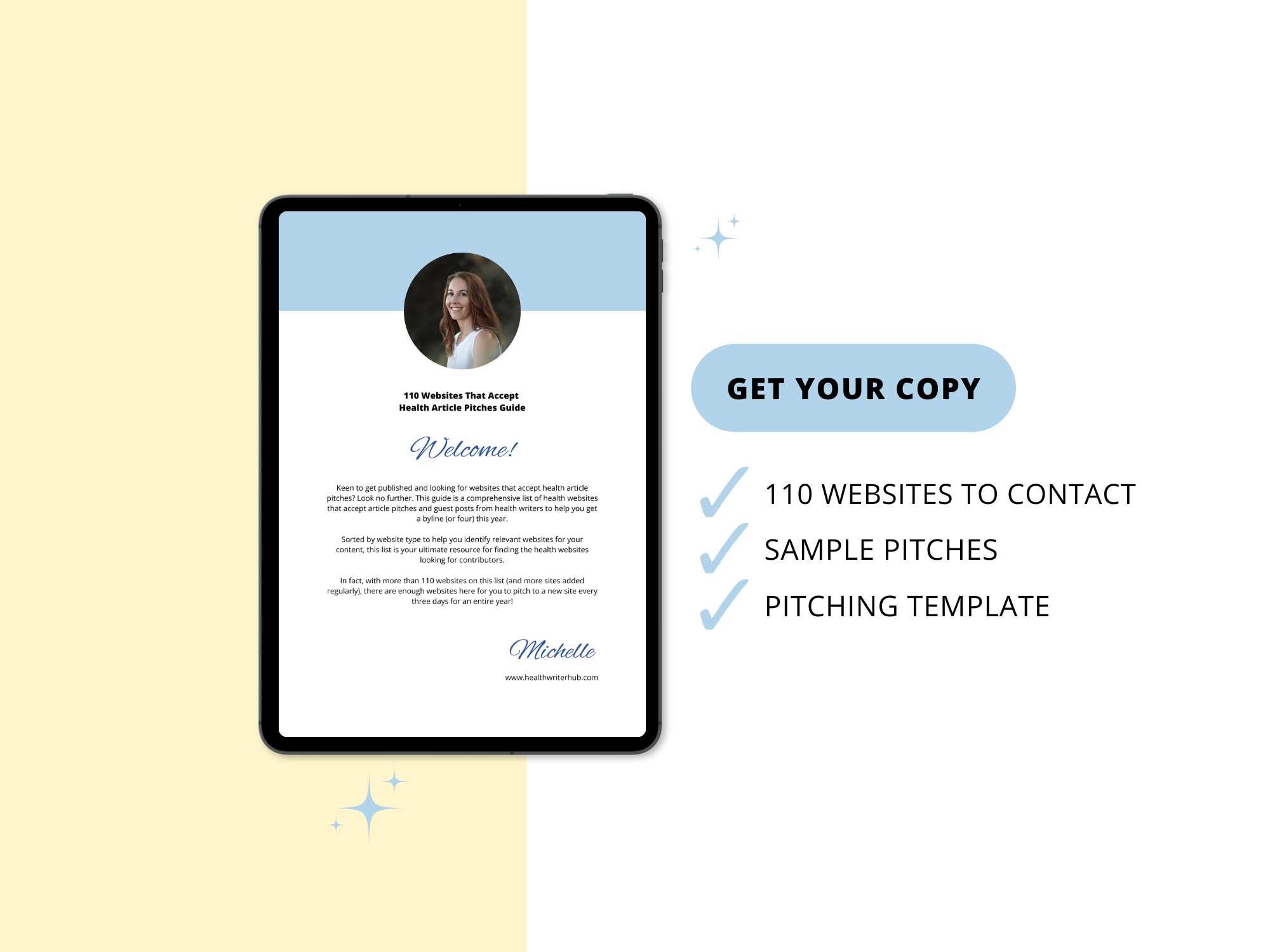What’s the difference between a cure and a treatment? One implies certainty, the other is a process.
If you’re new to medical writing it can sometimes seem like certain medical terms are interchangeable. However, similar-sounding words often have very different meanings.
That’s why it’s essential to write using language that reflects the professional standards used by clinicians.
Using the most appropriate words also ensures you’re not increasing the burden on clinicians to meet unrealistic expectations.
Exploring the difference between cure and treatment accurately
Here’s an example of both cure and treatment being used in the same sentence:
- The treatment for hypertension includes lifestyle changes and medications.
- The cure for hypertension includes lifestyle changes and medications.
Reading the above sentences, you can see how the differences in the meaning of these words can change expectations of health outcomes.
In medicine, you can treat hypertension by taking pills. However, until the patient learns to manage their diet, stress or other risks, they are unlikely to cure their high blood pressure. The cure is viewed as just a quick solution – that’s the core difference
Cure implies there is a certainty that a medical condition will not be present after a medical intervention. However, many medical conditions, such as hypertension, have no cures – and patient recovery is not common.
Treatment, however, is a process that looks at other underlying risks that may contribute to high blood pressure.
The word treatment is used in health care to imply a process to manage the disease or disorder and improve outcomes.
Most health outcomes are much more successful if they are treated from the core.
- A detailed list of 110 websites that accept pitches from health writers
- A description of the content each website typically publishes
- A pitching template to help you write the perfect pitch
- Sample pitches that work!
The importance of precision
Medicine isn’t black and white. Even clinicians equipped with the best available tools don’t always have the answers to immediately ‘fix’ an injury or condition.
It helps to understand that medical conditions or injuries are multifactorial – often affecting multiple parts of the body. Some clinical treatment options bring uncertainty and no guarantee the condition will go away.
Your health writing should not be an all or nothing guide to medicine. Rather, it needs to help inform and improve health literacy so that patients and doctors can make better decisions.
Ultimately, it’s the relationship between the doctor and patient that directs clinical outcomes.
Roots of treatment in medical history
Many medical terms usually have historical roots – and the word treatment has been used from ancient times.
A variety of cultural traditions from ancient Greece (four humours in the body), medieval Islam, India (Ayuverda) and China (Traditional Chinese Medicine) all looked at health and disease by achieving a balance in the body using a range of treatments (as opposed to a quick fix ‘cure’).
The history of medicine also shows that patients were examined in a way that is still practised in medicine today. That is, to check symptoms, give a diagnosis and administer a treatment. These beliefs continued in Europe and well into the Middle Ages, though to modern medicine in the 19th century.
For example, since the 1700s, the practice of alchemy in the Renaissance made scientists look at the body as a chemical system. People would treat the body with electric shocks or new metals such as mercury to ‘treat’ medical conditions, such as syphilis. Also, in the 20th century, gene therapy has been used to target genes that cause disease.
Looking back on the history of medicine, there seems to be a common thread: that medical practice was intended to provide treatment and not cure.


